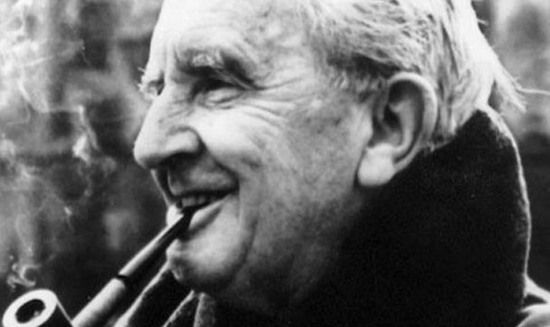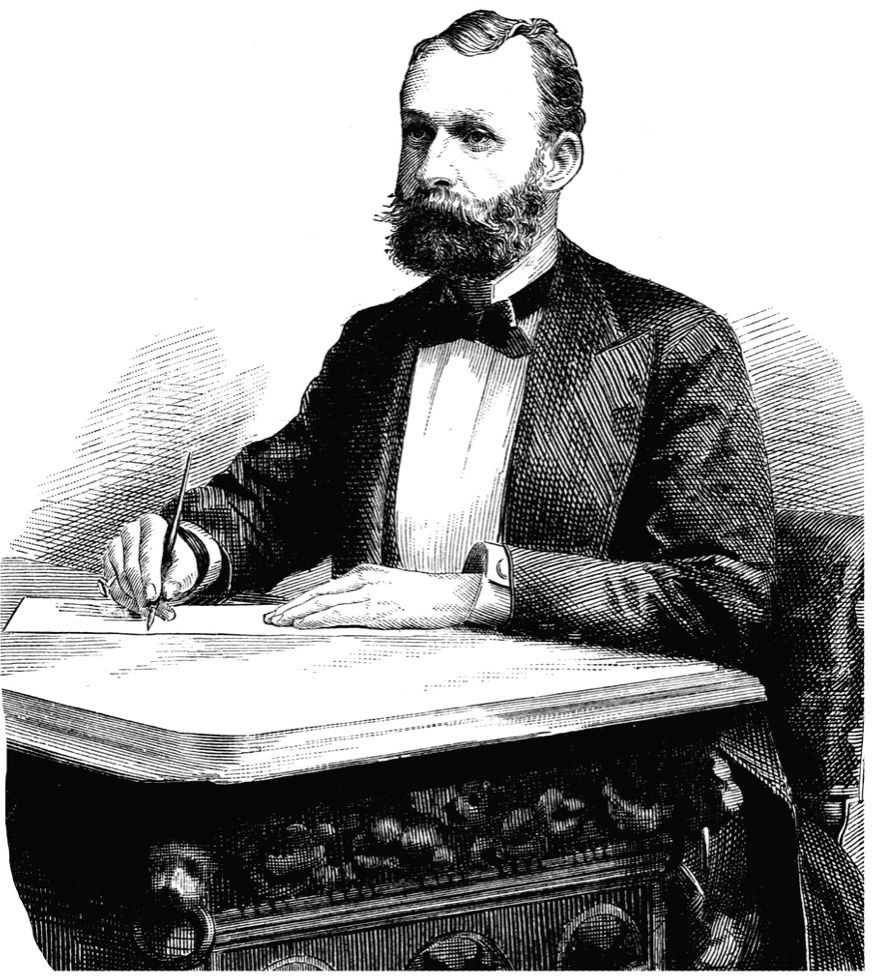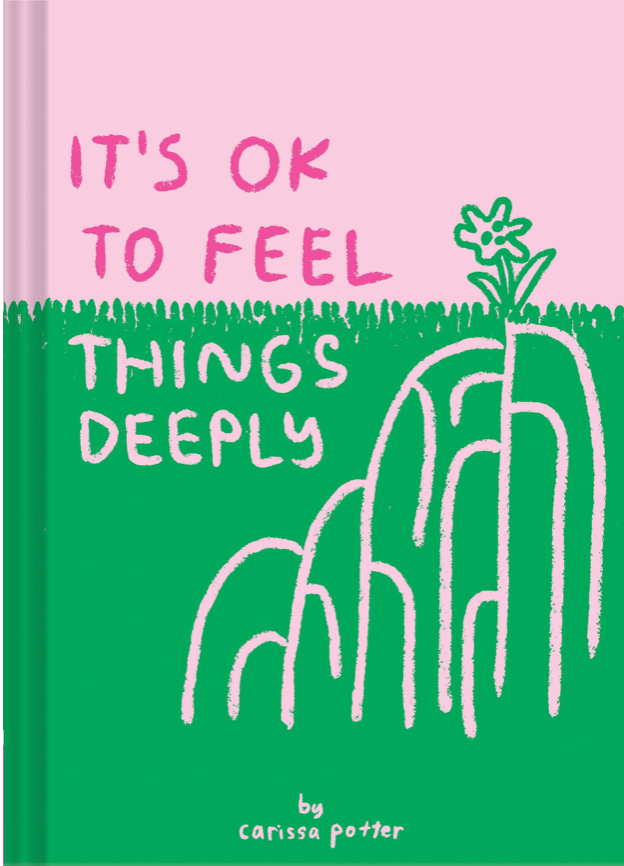The recent publication of The Fall of Arthur, an unfinished poem by J.R.R. Tolkien, should rock the literary world. It should knock the socks off its readers half way through.
But I doubt that it will.
Why should it? And why won’t it?
Your hair should stand on end when you read The Fall of Arthur because it adds a startling extra layer to Tolkien’s legendarium. If he had finished it, it could have connected many aspects of his elvish mythology with English history, Arthurian literature and the fantasy worlds of his friends C.S. Lewis and Charles Williams. In fact, if the Inklings had put all their Arthurian ideas together, they could have produced the kind of totalizing English mythology that Tolkien attempted, but abandoned.
Here is the key: Lancelot is Eärendel.
If you aren’t a Tolkien geek, don’t worry if that doesn’t mean anything. I’ll explain.
When Tolkien was quite young, he read an Old English poem with these lines:
Hail Éarendel, brightest of angels,
above the middle-earth sent unto men,
and true radiance of the sun,
bright above the stars…
The name Éarendel lodged in his memory, and he resolved to make up the back-story that would explain how Éarendel could be both an angel and a star. This decision catalyzed his great work of inventing elvish languages, legends and history, which eventually led to The Hobbit, The Lord of the Rings, The Silmarillion and the unfinished histories of Middle Earth.
In Tolkien’s story, Eärendel is a half-elf, half-human hero who sails into the West, seeking a lost paradise. You can read his story here. He becomes a legendary ancestor, like Aeneas, Remus and Romulus or Siegfried.
The Fall of Arthur is also about a legendary hero. In this poetic fragment, King Arthur leaves his kingdom under Mordred’s care (really bad idea) and sets off to Europe to beat up the Saxons in their homeland. He has already beaten them off of his island. Now he wants to make sure they never come back, and he also wants to defend Rome against the pagans who keep trying to sack her. But while he marches across Germanic lands, Mordred takes over the kingdom and threatens Guinevere with forced marriage. She flees into the wild. As she lingers (like Arwen) in the gray ruins of her father’s abandoned realm, Arthur heads home to fight Mordred, and the narrator recalls Lancelot and Guinevere’s treasonous love. The poem ends with Arthur’s first victory over Mordred, at sea, and uncertainty as Arthur plans to face his nemesis on their final battlefield.
That is all he wrote. But J.R.R. Tolkien did leave notes about how the story would have continued, and Christopher Tolkien includes them in his editorial matter. In the final confrontation, Mordred would fatally wound Arthur, Arthur would kill Mordred and Arthur would be carried away to the West for healing. Lancelot, arriving too late, would set sail into the West, searching for his king, never to return.
Sail away West—just like Eärendel the Mariner. And just like Eärendel the Mariner, Lancelot would seek paradise: Avalon, Tol Eressëa or the Land of Faery.
Do you see how that rocks the world? If Tolkien had finished this poem, he could have woven it together with The Silmarillion in such a way that his elvish history directly matched up with the legends of Arthur, forming the mythological and linguistic foundation on which “real” English history and language were based.
And then he could have gotten together with Lewis and Williams and worked his Arthurian legend into theirs. In Lewis’ That Hideous Strength, the Pendragon is taken up to Venus to “Where Arthur is…. In the Third Heaven, in Perelandra. In Aphallin.” In Williams’ Taliessin Through Logres and The Region of the Summer Stars, three knights achieve the Holy Grail and sail with it West, off the map, to a sacred land called Sarras. In all three writers’ worlds, evil is in the East; this is not surprising in an England threatened by Nazi Germany. God’s country is in the opposite direction, across the sea, connected with ancient legends about Hesperus, the evening star, Venus, the light in the West.
The theological, literary, historical and linguistic implications of this are too numerous to tackle here. Perhaps I should get a bunch of scholars together and compile a book on The Inklings and Arthur. Until I do, I hope the blogosphere goes wild with the significance of The Fall of Arthur.
But even if the fan-sites take up this idea and run with it, I doubt that The Fall of Arthur will make much noise elsewhere.
Why not?
First, because it’s a poem.
Poetry is more difficult than prose. The Fall of Arthur is not a beach novel. It is lively, readable poetry, but it has a strong rhythm (the meter of Beowulf), lofty diction and unusual word-order. Tolkien frequently employs inverted syntax—non-standard arrangement of parts of speech—in order to suit the meter. Here is an example, the opening lines:
Arthur eastward in arms purposed
his war to wage on the wild marches,
over seas sailing to Saxon lands,
from the Roman realm ruin defending.
Here is a prosy re-arrangement:
Arthur purposed to wage his war eastward, on the wild marches, sailing in arms over seas to Saxon lands, defending the Roman realm from ruin.
You see that I have added, changed and deleted nothing. I have only put the words into a different order, and the meaning becomes much clearer. So reading the poetry can be tiring, even though this is excellent poetry, and that difficulty will prevent this book from having as many readers as it would have if it were a novel.
The second reason this book won’t make too many waves is that the shocking information about Lancelot and Eärendel is buried in the middle of the book, mired in Christopher Tolkien’s slow-and-subtle prose commentary. He gives an intelligent, complicated survey of previous writers on King Arthur to show what his father took from his sources and what he changed or made up. This is followed by an excellent essay on poetic meter, surrounded by textual notes and other semi-scholarly additions.
If Christopher Tolkien had wanted this book to astonish the world, he could have marketed it with tabloid-style headlines, such as:
LOST TOLKIEN LEGEND DISCOVERED!
or:
THE KEY TO TOLKIEN’S MYTHOLOGY REVEALED!
or, for nerds:
LANCELOT IS EÄRENDEL!
or how about:
KING ARTHUR WAS AN ELF!
But he didn’t do that. He presented the poem in its beautiful, tragic, melancholy, unfinished state, printed with admirable clarity and aesthetic appeal. Then he padded the volume with quasi-academic apparatus, but did not include an index or a bibliography, as a truly scholarly work would.
And so this book runs the risk of being overlooked.
As I wrote in my pre-review, Tolkien scholar John Garth wrote in an article in The Guardian that “Any addition to the Arthurian tradition by a major author is welcome; this one is also exciting because of what it adds to our picture of a great modern imagination.” I had no idea just how much it would add to that picture—not only of one great modern imagination, but to the collective modern imagination. Do read it. And do spread the word.




